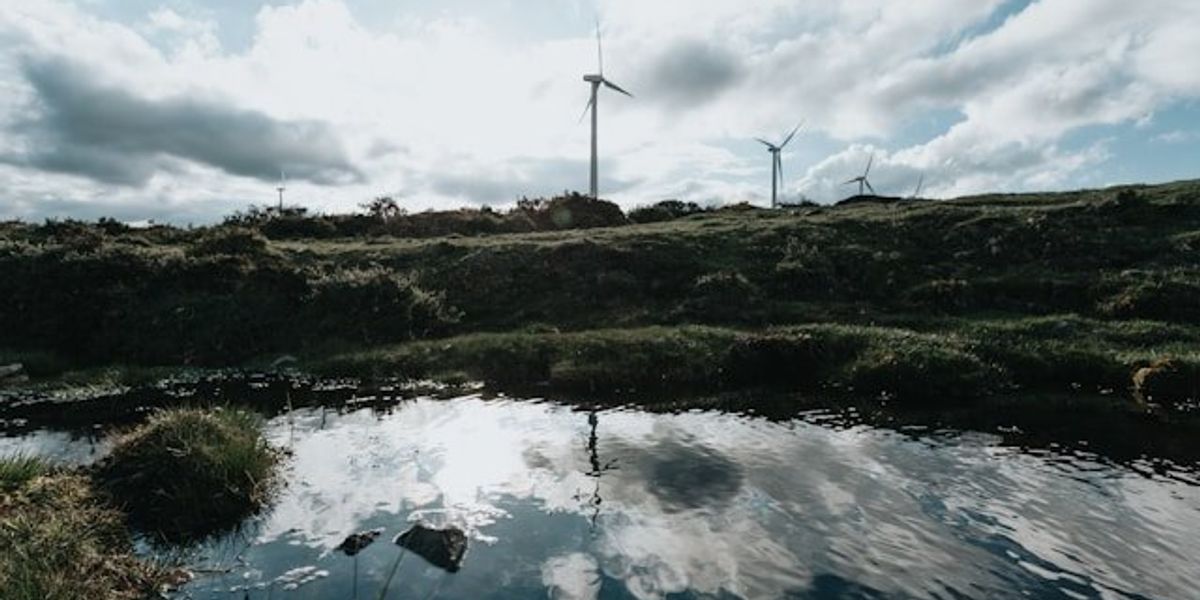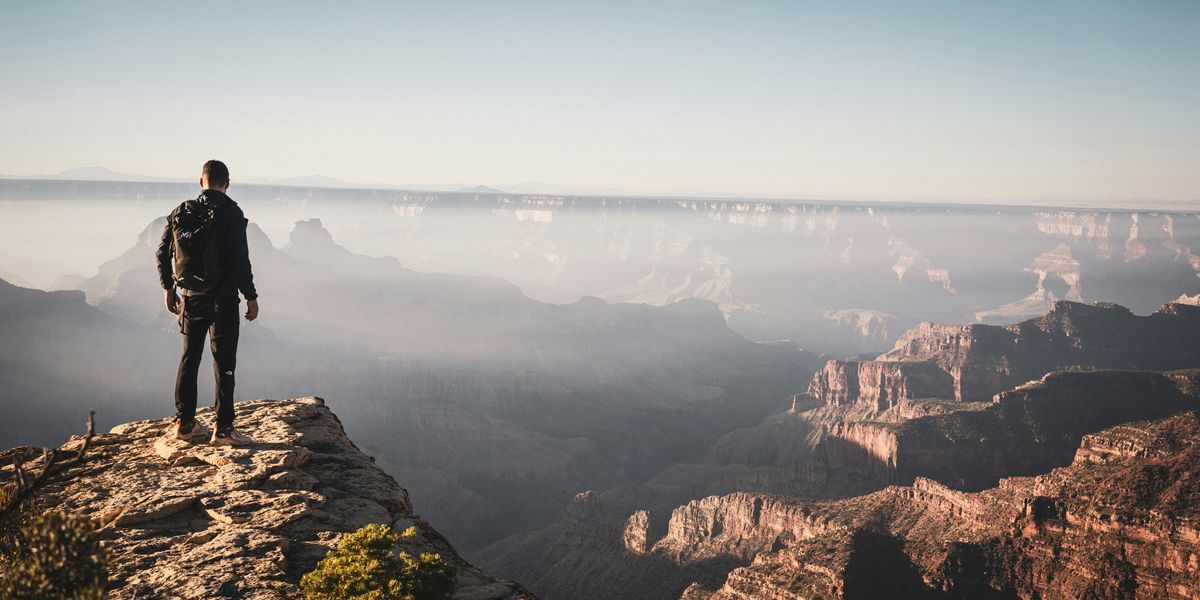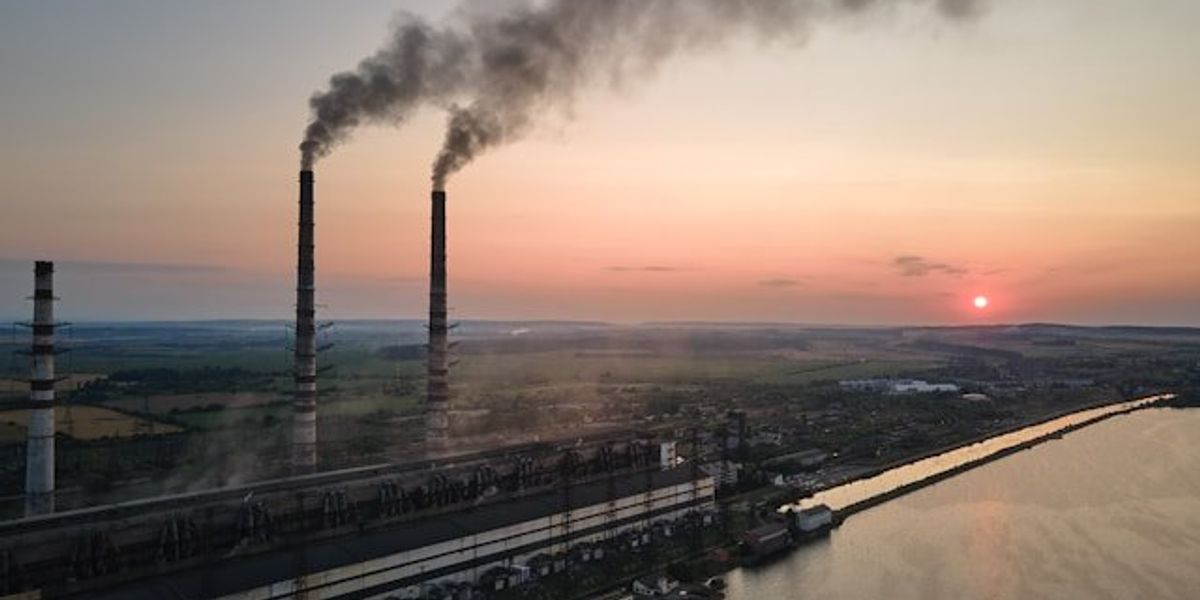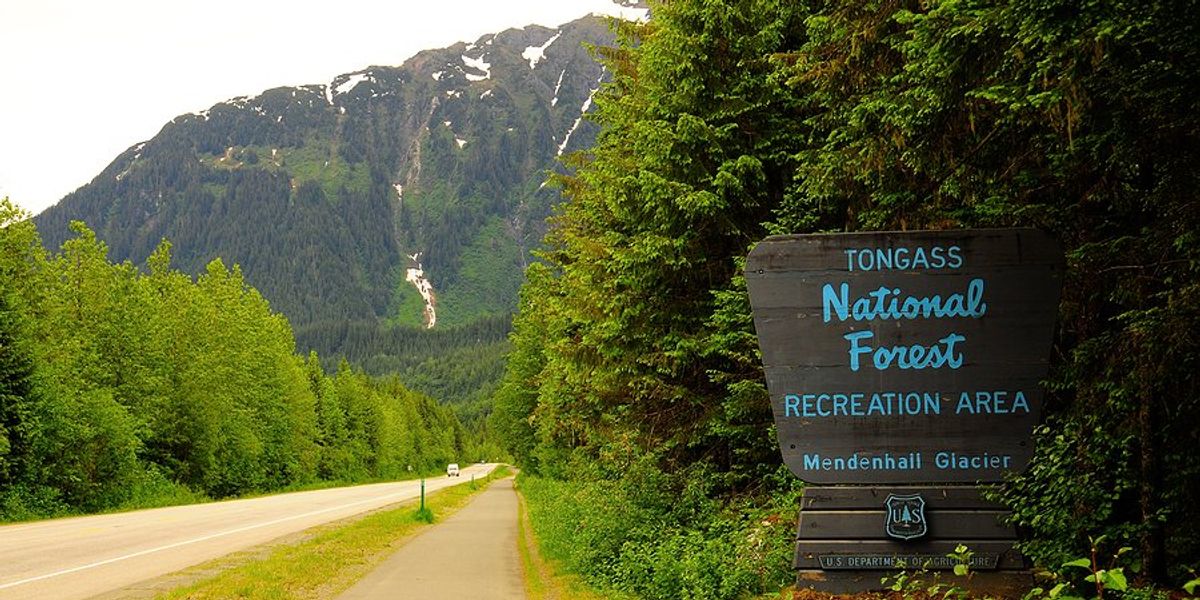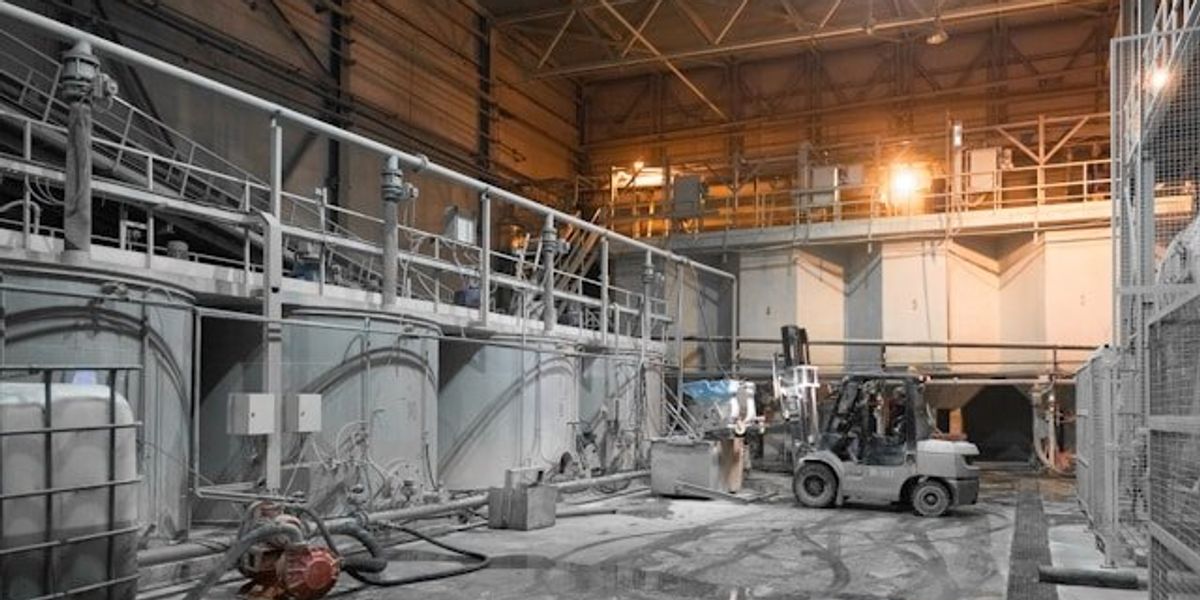
Texas oil companies drain billions of gallons from key rivers amid historic drought
Extreme drought has left farmers and cities scrambling for water while oil and gas drillers in Texas continue tapping into the Rio Grande and Pecos River for billions of gallons to frack wells.
Martha Pskowski reports for Inside Climate News.
In short:
- Oil and gas companies used over 10 billion gallons of Rio Grande water for drilling from 2021 to 2024 — enough to supply over 100,000 Texas households for a year.
- Despite voluntary pledges to reduce freshwater use, companies like Kingsley Water Company continue selling large volumes of surface water from drought-stressed rivers for fracking.
- The Texas Commission on Environmental Quality does not track how much of this water is used specifically for drilling or fracking, raising concerns about transparency and oversight.
Key quote:
“We’re not doing any better than four years ago.”
— Martin Castro, watershed science director, Rio Grande International Study Center
Why this matters:
As drought tightens its grip on the American Southwest, water once reserved for drinking and farming is increasingly being diverted to extract fossil fuels. The Rio Grande, lifeblood for millions and sole source of water for cities like Laredo, is running dry as temperatures rise and rainfall dwindles. Meanwhile, oil and gas companies exploit legal loopholes to buy and use river water for fracking — removing it permanently from the water cycle. This shift deepens a long-standing tension between energy production and environmental protection in Texas. Farmers have abandoned crops. Towns are exploring expensive desalination and import options. Salty, low-flowing rivers are more vulnerable to pollution and habitat loss. With water rights favoring those who can pay, the system rewards short-term profit over long-term survival.
Related: Alberta braces for water scarcity as fracking intensifies

